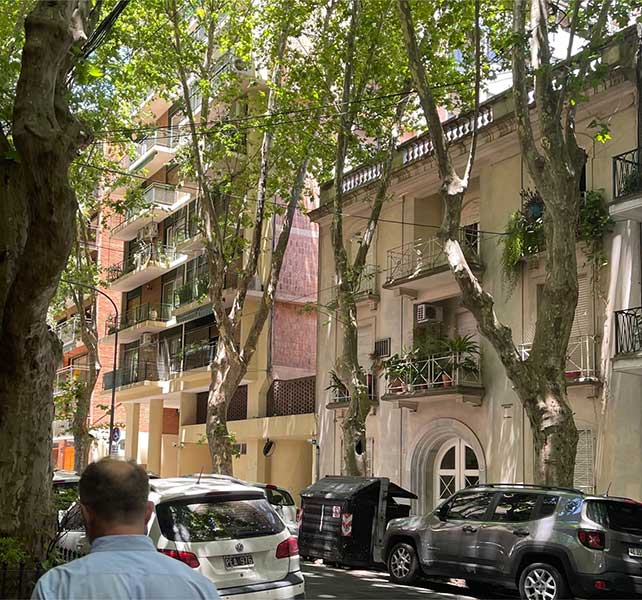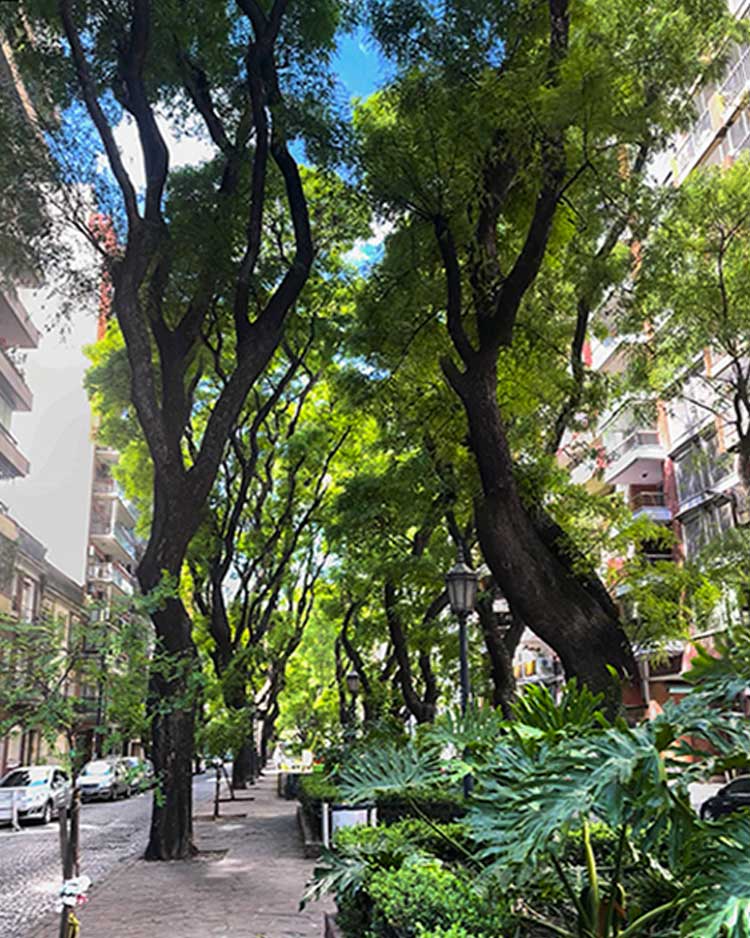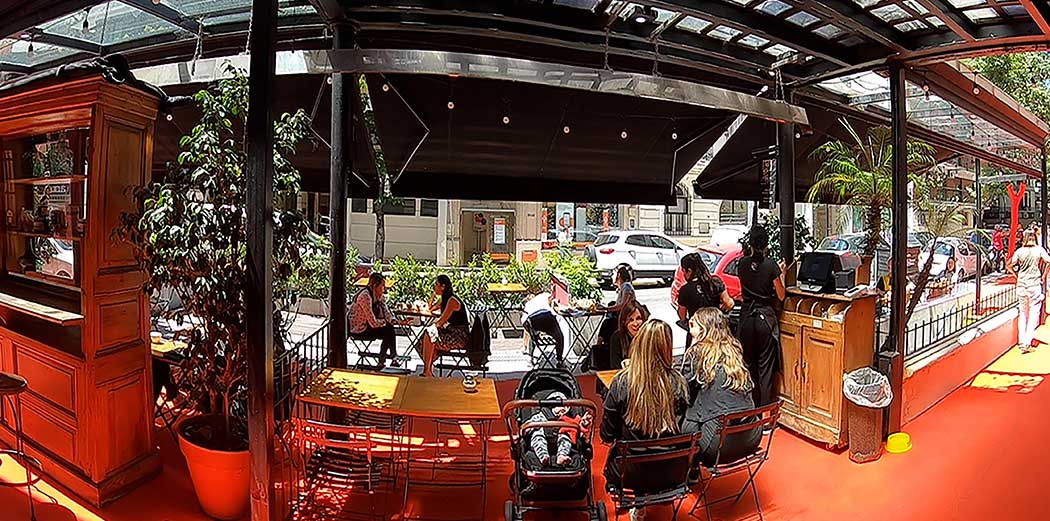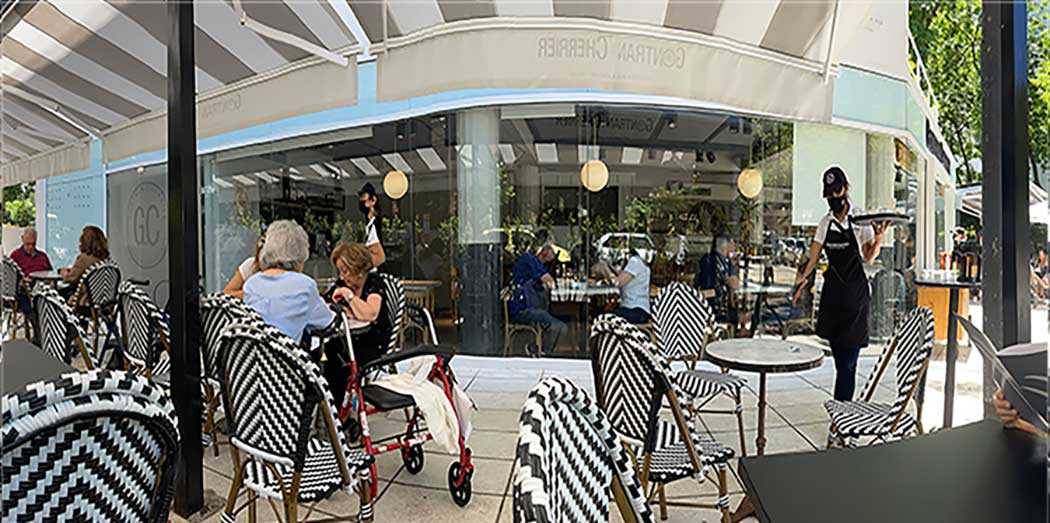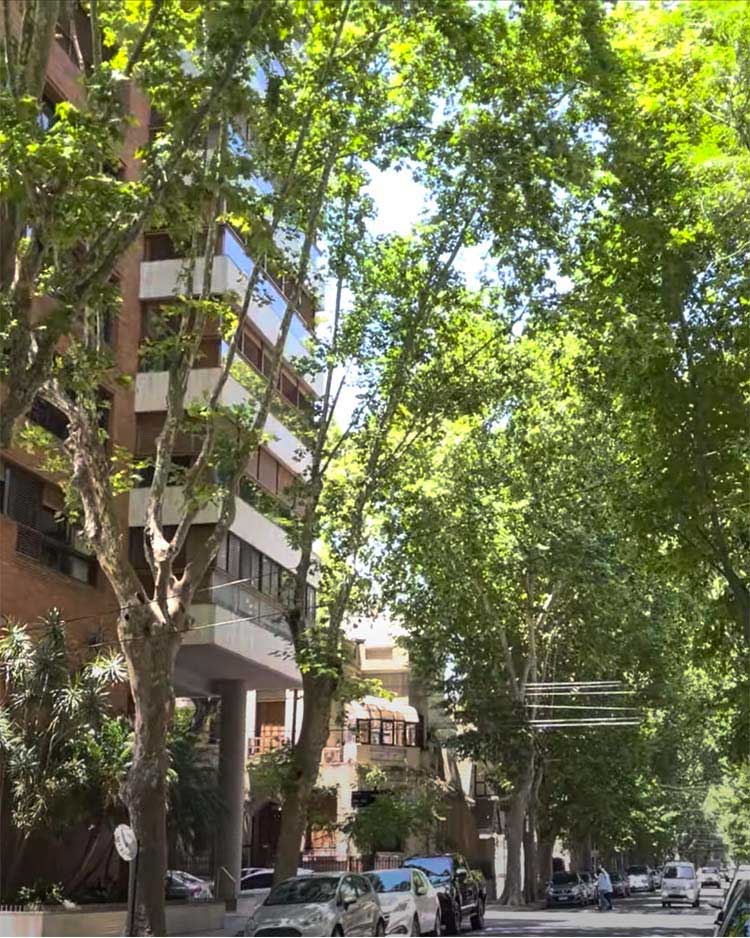Permaculture Nextdoor
Permaculture Nextdoor from Ruth Meghiddo on Vimeo.
The challenges facing our food systems are colossal. Every year, the demand for food rises, people flock to cities, climate change alters weather patterns. Uncertainty threatens the ability to get the healthy food we need. Our goal is to create sustainable opportunities in growing fresh local food wherever you live.
Urban farming ensures the future of cities by maintaining their connection with Nature

How can we contribute to the extreme challenges facing worldwide?
The practice of Permaculture Design (aka Ecological Design) deals with integrating systems such as growing food, health care, shelter, education, soil, water, and land use in a sustainable way. Permaculture ethics derives from respect for the Earth, care for people, and the creation of ecological and environmental stability for future generations.
The World Health Organization predicts that by 2030, 80% of the population in developed countries and 56% in less-developed countries will live in urban locations. Feeding all those people is becoming increasingly difficult if we rely solely on conventional agriculture by cultivating food in rural areas and transporting it into urban locations. We must consider that the energy needs of towns and cities will also continue to grow as their populations do.
The planet needs growing sustainable food for the urban population.
People of all ages can grow a portion of food close to home and actively create a greener, healthier life.

Permaculture design is a roadmap to resilience: it helps create sustainable systems for an extended period. It is about placing the design elements together with the natural world. Permaculture provides a framework that consciously mimics the patterns found in Nature.
We draw from permaculture knowledge and methods to observe, analyze, and design opportunities for local environmental situations.
Cultivating food as forest gardens within the city will benefit the environment and the community value of its citizens. It will get more nutritious food at hand, fewer pollutants, less noise, less carbon traffic footprint, less parking areas!
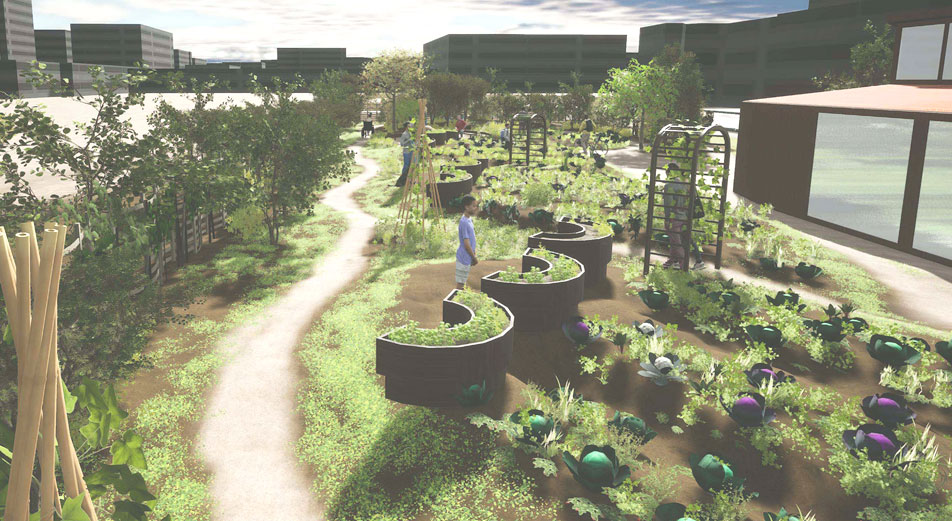
Among many greens and vegetables, we grow arugula, kale, mustard greens, beets, celery, peppers, eggplants, cabbages, broccoli, carrots, and cauliflowers.
We grow green beans, peas, and cherry tomatoes on the light bamboo posts.
Adjacent to the area dedicated to everyday food production are the nitrogen fixers cover crops to provide friendly insect pollinators. They include borage, comfrey, clover, chicory, and many medicinal and culinary herbs, like chamomile, thyme, mint, basil, parsley, cilantro, sage, and rosemary.
As an integral part of the forest farm, the orchard has a variety of fruit trees; it thrives by an ample number of companion plants. In southern California, we can grow papaya, figs, avocado, cherimoya, apricots, peaches, pomegranate, lemons, oranges, and grapefruits.
Along the fence are espaliers growing fruit trees like apples and pears with blueberry and raspberry bushes underneath.

There is a space dedicated to food, music, and inspiring conversations for relaxation. It illustrates how a resilient model for a food forest can significantly pause the hectic city life, bringing home some peacefulness of the countryside.
We provide a personalized design solution for growing food sustainably.
The semicircular raised beds are dedicated to mentoring the young in the field. Children of any age can acquire permaculture thinking and practical skills to benefit the next generation.
The mindful garden farm can be enriched with dedicated animal husbandry, chickens, pygmy goats, and additional composting area.
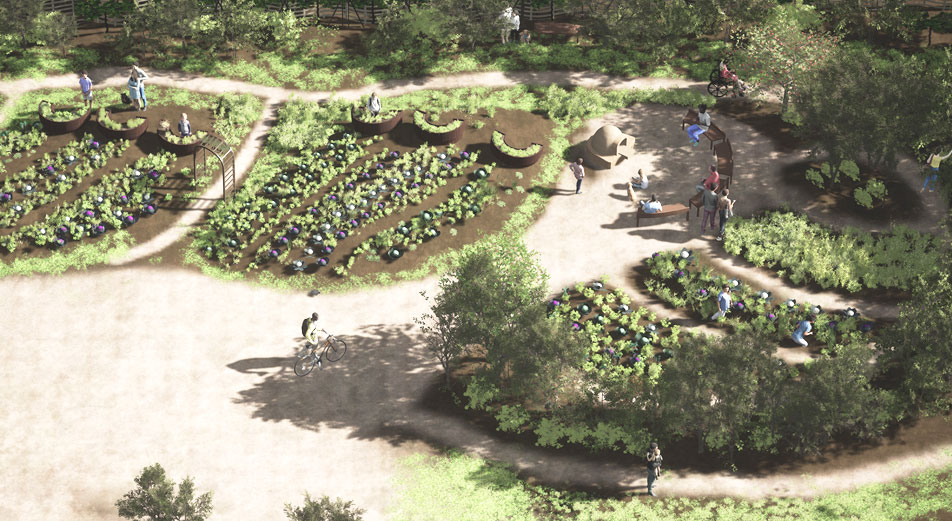
It shows that we all can enjoy some pastime in Nature, contribute to a healthier lifestyle, and achieve a roadmap for climate change adaptation!

